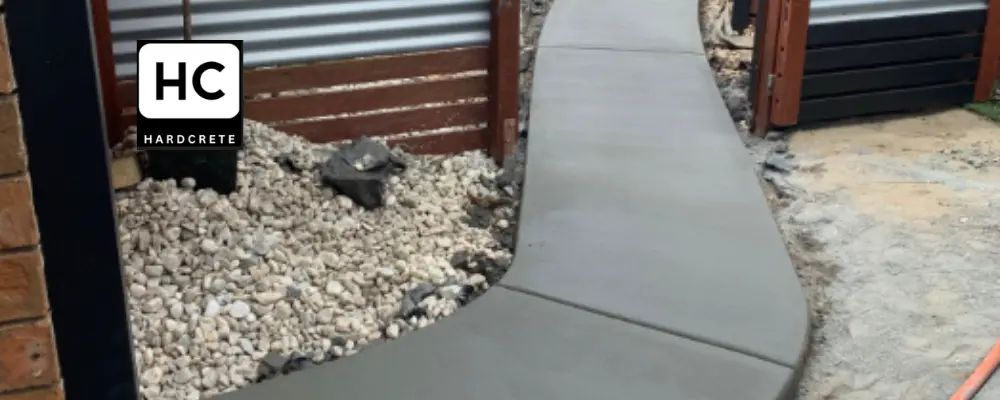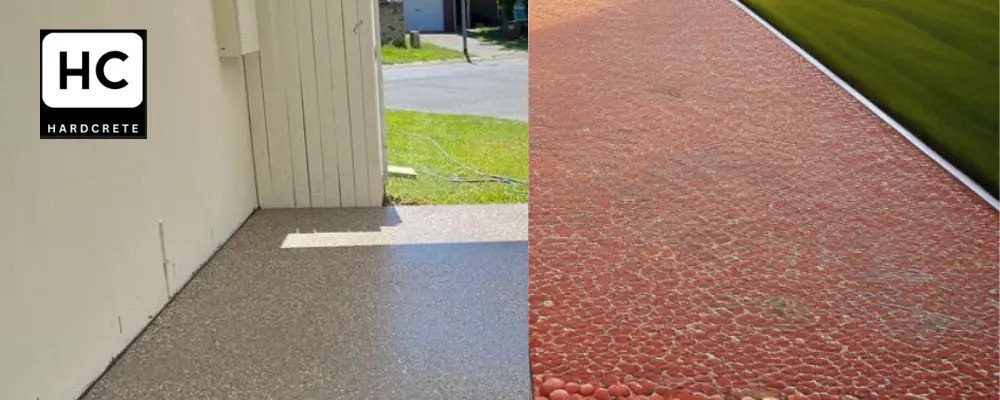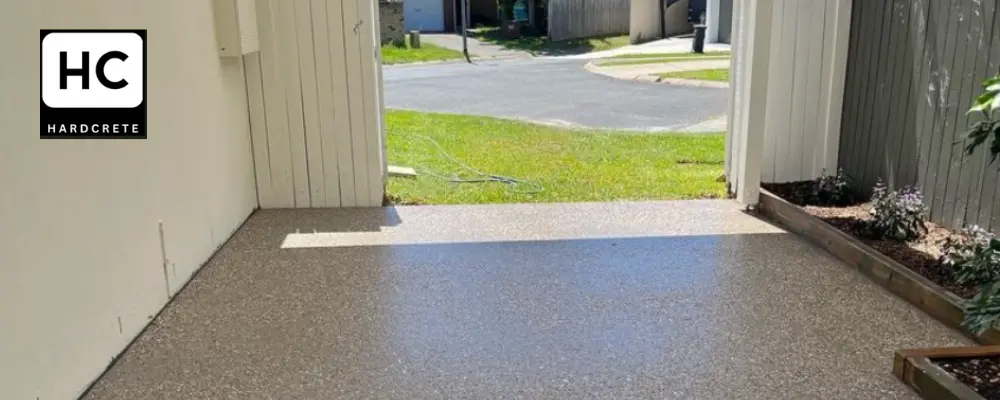Reinforced concrete is a widely used construction material that combines the strength and durability of concrete with the tensile strength of steel reinforcement. It is a composite material that has been in use for many decades and has proven its structural integrity and reliability over time. The combination of concrete and steel reinforcement makes reinforced concrete an ideal for building structures that require high strength and stability. In this blog, we will explore the definition, composition, history, characteristics, types, practical applications, and common failure modes of reinforced concrete.
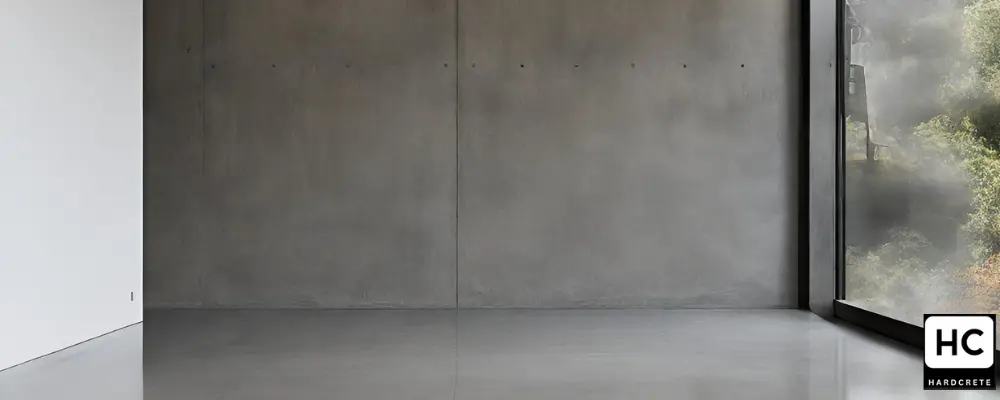
Understanding Reinforced Concrete
Key Characteristics of Reinforced Concrete:
Reinforced concrete is a composite material with high compressive strength, tensile strength, and flexibility. It contains materials such as steel or glass fiber that complement the low tensile strength of plain concrete. The combination enhances its durability and allows it to withstand various loads without significant deformation. Additionally, reinforced concrete can be customized for specific construction needs, such as increasing the mm length and mm diameter of concrete columns for taller or heavier structures. These features make it a popular choice for constructing steel structures in the United States.
Definition of Reinforced Concrete
Reinforced concrete, a composite material of steel reinforcement and concrete, combines high tensile strength of steel with the compressive strength of concrete. This widely used building material is recognized for its durability and structural robustness. Over time, reinforced concrete structures have demonstrated remarkable resilience, making them a preferred choice in modern construction projects. The integration of composite materials in reinforced concrete enhances the overall strength and stability of structures.
The Composition of Reinforced Concrete
Reinforced concrete incorporates steel reinforcement within the concrete, providing high tensile strength to complement its compressive strength. This composite material combines concrete, steel, and often other reinforcing materials, such as glass fiber. Skilled labor is essential for the production of reinforced concrete to meet design specifications. The use of steel reinforcement in buildings ensures high structural integrity.
The History of Reinforced Concrete
How Reinforced Concrete Came Into Existence:
The evolution and improvement of reinforced concrete over the years
How Reinforced Concrete Came Into Existence
The rise of reinforced concrete as a building material stems from its exceptional durability and strength, evidenced in early structural tests. The innovation of eka concrete, fusing steel and concrete, ignited the widespread use of reinforced concrete. Incorporating steel bars in concrete reinforced its tensile strength, setting a new standard for construction materials and paving the way for modern steel structures. This revolutionary material offers superior strength and high durability, essential qualities for construction in the United States and beyond.
Evolution and Improvement Over the Years
Over time, the integration of steel reinforcement in concrete construction within the United States has significantly bolstered structural integrity. Additionally, the use of glass fiber and fly ash in reinforced concrete has remarkably enhanced its strength. The high durability of reinforced concrete members is further strengthened by composite action, making it a preferred choice for constructing resilient and long-lasting structures. Moreover, innovations in concrete production have resulted in the development of high-strength reinforced concrete structures, and the application of stainless steel reinforcement has effectively minimized steel corrosion in buildings.
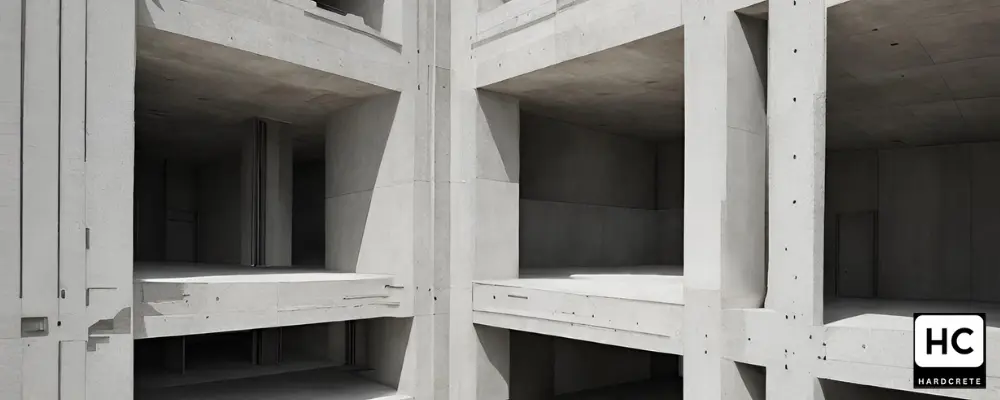
Characteristics of Reinforced Concrete
Key Features of Reinforced Concrete
Reinforced concrete exhibits outstanding structural durability and strength, making it ideal for construction projects that require robust materials. The incorporation of steel structures within the concrete enhances its tensile strength, effectively countering the brittle nature of plain concrete. Additionally, its ability to withstand various environmental factors and its resistance to carbon dioxide penetration make it suitable for long-term use in different applications. Furthermore, reinforced concrete surfaces can be customized using glass fiber to enhance their abrasion resistance while maintaining a professional finish.
Key Features That Define Reinforced Concrete
Reinforced concrete structures achieve the ultimate limit state through composite action, ensuring high durability and structural integrity. Its high strength and thermal expansion resistance make it ideal for construction, while reinforcing steel enhances its strength and durability. Additionally, concrete surfaces exhibit high compressive strength, further reinforced by composite action.
Benefits of Using Reinforced Concrete in Construction
Reinforced concrete construction provides exceptional durability, strength, and structural integrity to buildings. The incorporation of reinforced concrete enhances compressive strength, exhibiting high tensile strength and shear stress resistance. This composite material optimizes structural robustness and integrity, ensuring longevity and strength in building elements. The use of reinforced concrete in construction contributes to the overall stability and safety of the structures, making it a preferred choice for various architectural and engineering applications.
Types of Reinforced Concrete Used in Construction
Steel plate construction involves the use of steel plates to reinforce concrete structures, providing high tensile strength and ductility. Fiber-reinforced concrete incorporates materials like glass fiber to enhance the toughness and durability of the concrete. Non-steel reinforcement methods, such as using carbon fibers or glass fibers, offer alternatives for applications where steel may not be suitable. These diverse types of reinforced concrete offer flexibility and adaptability in construction, contributing to the resilience and longevity of concrete structures.
Steel Plate Construction
The integration of reinforced steel plates within concrete structures has significantly enhanced the tensile strength of concrete, making it well-suited for diverse construction projects. This innovation has substantially improved the structural integrity of buildings, revolutionizing modern construction practices. The use of steel plates in concrete construction stands as a pivotal advancement in the realm of building structures.
Fiber-Reinforced Concrete
Utilizing composite materials to enhance the tensile strength of concrete, fiber-reinforced concrete minimizes cracking and improves durability. This construction method has proven its structural integrity in building codes and is commonly practiced in modern construction, reinforcing concrete with glass fiber. Known for high durability and low tensile strength, fiber-reinforced concrete has stood the test of time, making it a reliable choice for various construction projects.
Non-Steel Reinforcement
In contemporary construction, alternative to traditional steel reinforcement is crucial, with glass fiber playing a pivotal role in enhancing compressive strength. This material provides high durability and has become increasingly prevalent in modern structures, offering an alternative to traditional steel reinforcement. The use of glass fiber offers an alternative to traditional steel reinforcement, contributing to the high durability of concrete structures.

Practical Applications of Reinforced Concrete
Practical Applications of Reinforced Concrete:
In the United States, reinforced concrete is widely used in residential structures due to its strength and durability, making it a popular choice for building foundations, floors, and walls. Additionally, in commercial and industrial settings, reinforced concrete is utilized to construct bridges, dams, and tunnels, showcasing its versatility and reliability in heavy-duty applications. Whether it’s for carbon dioxide storage, glass fibre reinforcement for concrete surfaces, or creating concrete columns for steel structures, reinforced concrete proves to be an indispensable material in construction, offering exceptional performance and longevity.
Use of Reinforced Concrete in Residential Structures
In residential construction, reinforced concrete is extensively utilized to ensure structural strength and durability. It minimizes the risk of structural failure and provides a solid foundation for lasting structural integrity. Incorporating reinforced concrete into residential structures enhances overall building durability and ensures long-term structural stability. This makes it an ideal choice for residential construction, where strength and longevity are paramount.
Commercial and Industrial Applications of Reinforced Concrete
In commercial and industrial settings, reinforced concrete provides robust structural support, enhancing the integrity of buildings. It effectively withstands heavy loads and environmental stresses, ensuring long-term durability and structural stability. The widespread use of reinforced concrete in these settings proves essential for maintaining the integrity and longevity of commercial and industrial structures, making it a crucial material for construction projects of various scales and complexities.
Common Failure Modes of Reinforced Concrete
Understanding the vital necessity of recognizing failure modes in reinforced concrete for ensuring structural safety is paramount. Common issues like concrete cover failure, caused by deterioration or inadequate thickness of the concrete cover, can result in structural failures. Another prevalent failure mode is concrete cancer, a consequence of steel corrosion that weakens the reinforcement and compromises the integrity of the structure. Additionally, flexural cracks in reinforced concrete can significantly undermine the overall structural stability, making addressing these failure modes crucial for maintaining the integrity of reinforced concrete structures.
What happens if reinforced concrete fails?
In the event of reinforced concrete failure, structural instability and compromised building safety can occur. This can result in significant damage to buildings and infrastructure, posing safety risks to occupants and nearby areas. Addressing failures requires comprehensive structural assessment and repairs, highlighting the importance of proactive maintenance.
Frequently Asked Questions
What is the difference between concrete and reinforcement concrete?
Concrete and reinforced concrete differ in their composition. While concrete is a mixture of cement, sand, and aggregate, reinforced concrete includes added reinforcement material like steel bars or fibers. This addition makes reinforced concrete stronger, more durable, and capable of resisting tension and compression forces. Additionally, the reinforcement helps prevent cracking and improves overall structural integrity.
What is stronger reinforced concrete or concrete?
Reinforced concrete is generally stronger and more durable compared to regular concrete. This is due to the steel reinforcement bars embedded within the concrete, providing additional strength. The amount of reinforcement used can be adjusted to meet specific strength requirements. As a result, reinforced concrete is commonly used in high-strength construction projects like skyscrapers and bridges.
Conclusion
In conclusion, reinforced concrete has revolutionized the construction industry with its strength, durability, and versatility. Its composition of concrete and reinforcement materials such as steel or fibers ensures increased load-bearing capacity and resistance to various forces. Throughout history, reinforced concrete has evolved and improved, becoming a preferred choice for both residential and commercial structures. Its benefits include fire resistance, longevity, and cost-effectiveness. However, like any material, it can experience failure modes, which can lead to structural issues if not addressed promptly. Understanding the characteristics and applications of reinforced concrete is crucial for architects, engineers, and contractors. By utilizing this construction marvel in a responsible and informed manner, we can continue to build safe, reliable, and aesthetically pleasing structures that stand the test of time.

